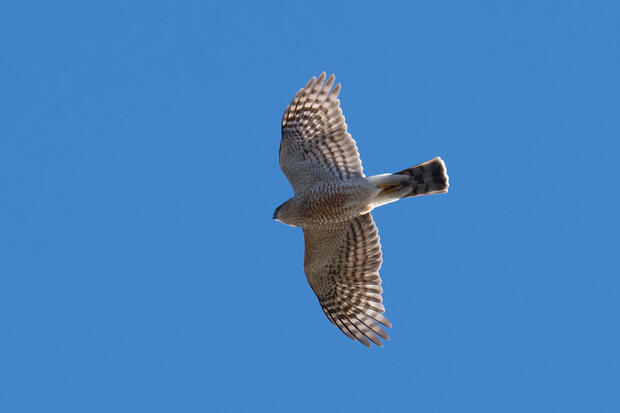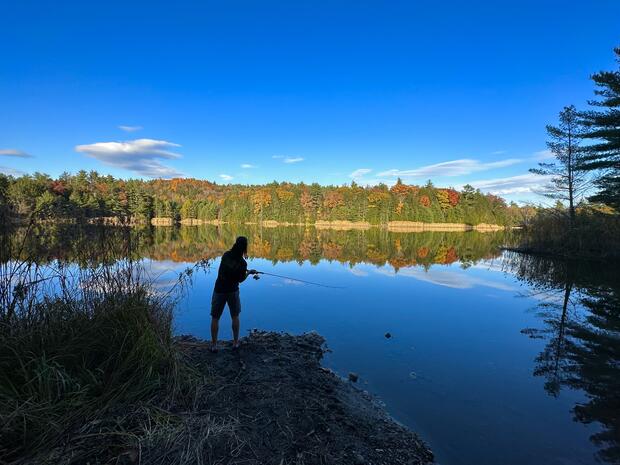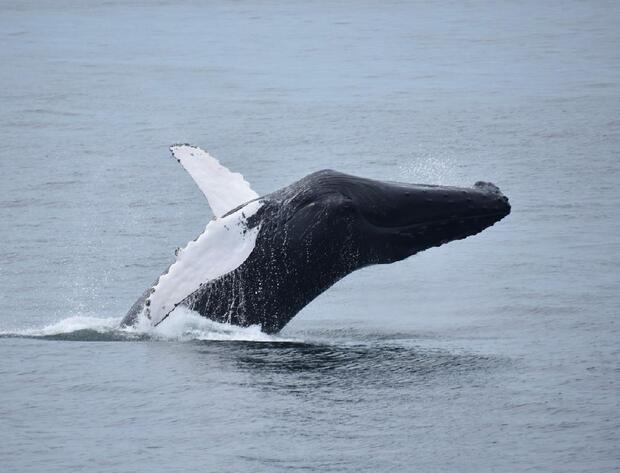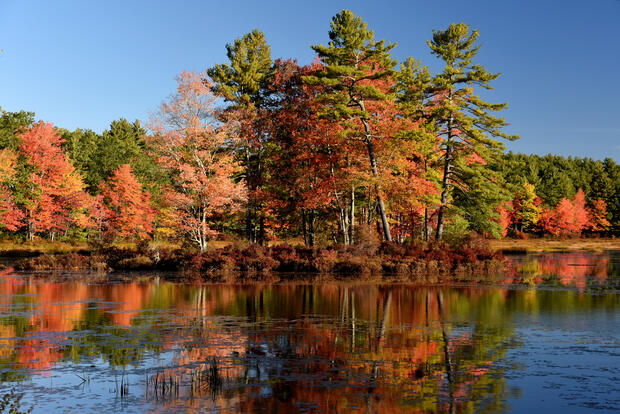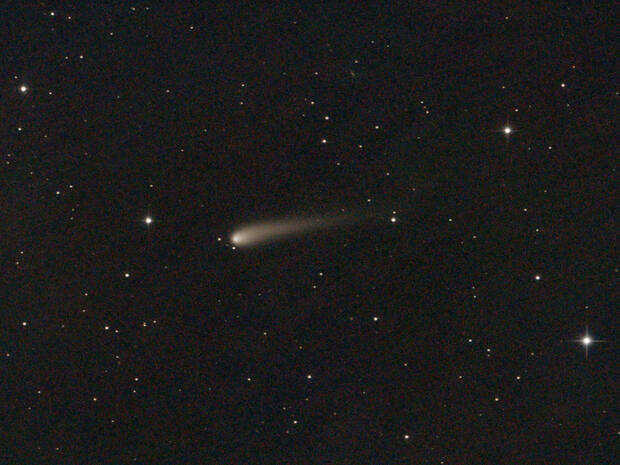- Division of Fisheries and Wildlife
Media Contact
Media Contact, MassWildlife
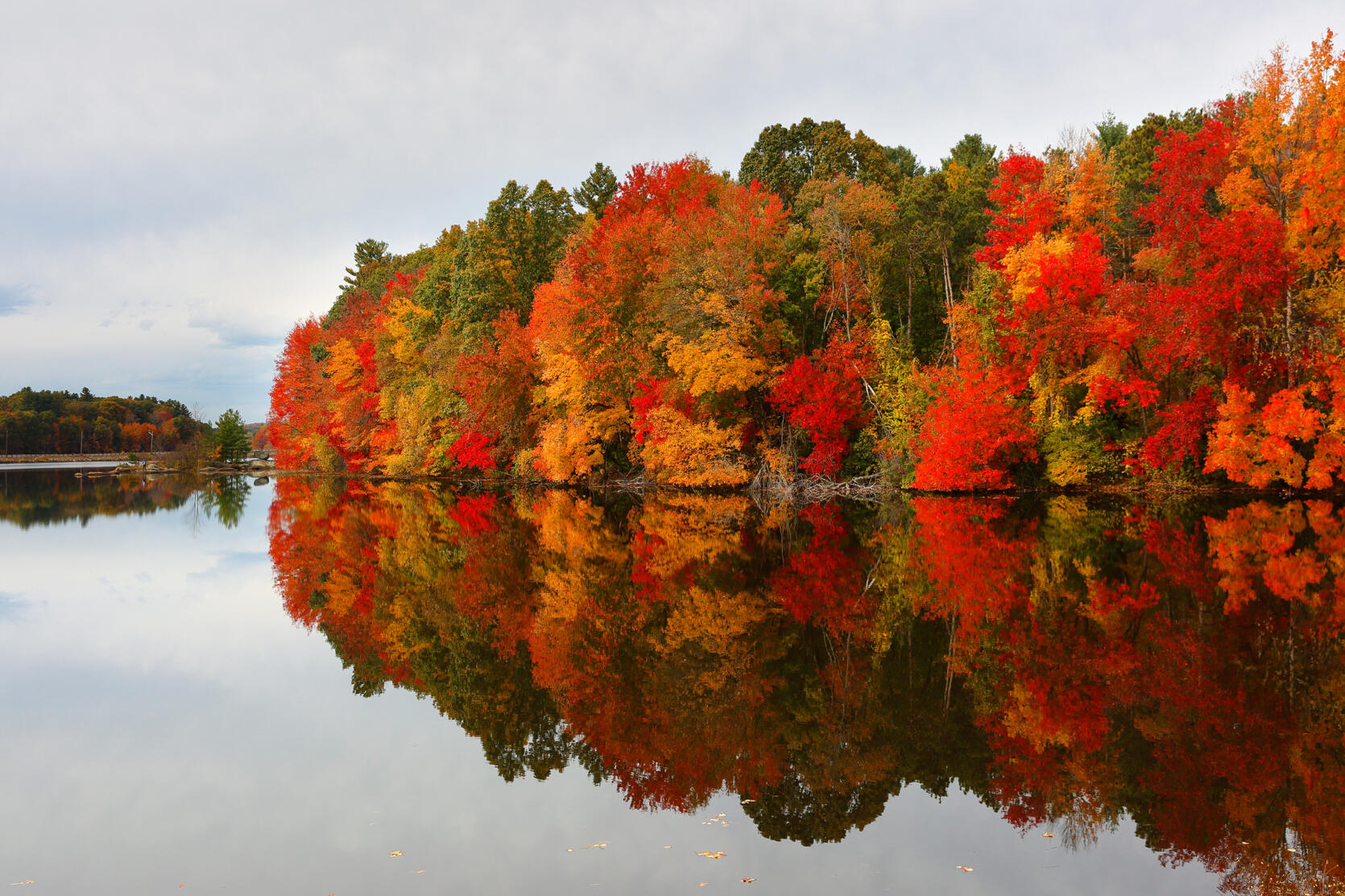
1. Spot hawks heading south for winter
Every fall, hawks move through Massachusetts as they migrate to their southern wintering areas. Although the broad-winged hawk migration peaks in mid-September (when large groups of that species are sometimes seen in a single kettle), the accipiters (Cooper’s and sharp-shinned hawks) and turkey vulture primarily move through in late September and October. Favorable weather for migrating hawks includes the arrival of a cold front with clear skies and winds from the north. When planning your hawk watching adventure, visit an area with an open view to the north or northwest anytime between 8 a.m. – 4 p.m. Wachusett Mountain State Reservation in Princeton, Mount Tom in Easthampton, Mount Watatic in Ashburnham, and Pinnacle Rock of Middlesex Fells Reservation in Malden are excellent lookout locations for hawk watching enthusiasts. Be sure to bring warm clothing! Visit our wildlife viewing guide for more tips for wildlife watching.
2. “Fall” for fishing
Fall is a fantastic time to fish. With fewer crowds, many autumn anglers find they have plenty of room to fish on their favorite ponds, rivers, and lakes. Want to target trout? This fall, MassWildlife will stock over 73,000 trout in waterbodies across the state. Fall stocking, when combined with trout stocked in the spring, provide plenty of opportunities to enjoy a day on the water. Once stocking starts, visit Mass.gov/Trout for daily updates. Prefer to fish for bass? Bass fishing in Massachusetts heats up as water temperatures cool down in the fall. Bass feed heavily as water temperatures drop from the 70s down to the 50s. Fall could be your chance to catch the “fish of a lifetime”! Remember, you need a fishing license if you’re 15 or older.
3. Ship out on a whale watching tour
May through October is considered the best time to go whale watching in Massachusetts. This is when humpback, minke, and finback whales are in the North Atlantic to feed along the New England coast in Stellwagen Bank National Marine Sanctuary. Gloucester, Plymouth, Provincetown, and Boston are all popular Massachusetts whale watching destinations. Heading out on a whale watch also gives you the opportunity to see a wide variety of marine species, including dolphins, seals, sharks, sea turtles, porpoises, and sea birds. Consider bundling up to take a last-minute tour to see these impressive animals before many of them migrate south for the winter.
4. Take a foliage drive
Worried about rainy or cold weather? Enjoy Massachusetts’ famous fall foliage from the comfort of your vehicle with these delightful drives.
- Mohawk Trail Scenic Byway: Western Massachusetts is home to one of the nation’s first designated scenic byways. In addition to fall foliage, the 69-mile Mohawk Trail Scenic Byway includes stops to hike, camp, bike, and visit historic downtowns. Plan your road trip.
- Mount Greylock: Drive up to the highest point in Massachusetts, Mount Greylock, to experience unforgettable leaf peeping panoramic views at 3,491 feet. While the 16-mile scenic byway to the summit is typically open from mid-May to November 1, check for potential road and trail closures beforehand.
Pro tip:This is a popular fall destination. To avoid crowds, visit during off hours or on a weekday. - Essex Coastal Scenic Byway: Pair fall foliage and ocean views with a scenic drive along 14 coastal communities in northeast Massachusetts. The 90-mile Essex Coastal Scenic Byway can lead you to unique lighthouses, sandy beaches, and numerous cultural districts. Map out your perfect drive.
5. Catch a glimpse of “the comet of the century”
When spending time outdoors, it can be easy to forget to look up. But October’s sky is set to put on a show you don’t want to miss. A comet named Tsuchinshan-ATLAS, also known as Comet A3, is expected to pass between the Earth and Sun this fall and should be bright enough to see with the unaided eye or with binoculars. The comet will start to be visible before sunrise in late September and early October, but it may be difficult to see as it will be dim and close to the horizon. Starting around October 12, Comet A3 will be visible after sunset and should be brighter and higher up in the sky. In addition to this exciting celestial event, October also has the annual Hunter’s Moon (October 17, 2024), thought to bring an early full light that helps with hunting.
